Indeed, industrial style (or so-called "loft") has recently become one of the hottest trends in ceramic tile manufacturing. Originated in the USA in the 1920's, this architectural and design movement has become an utterly new approach to the decoration of interior and exterior spaces. The beginning of the 20th century was marked by economic recession. Numerous industrial buildings, old, run-down and loss-making, dominated the city skyline. Their fate was nothing else but demolition. However the savvy Americans, always willing to accrue benefits, came up with a solution. They decided to renovate and reconstruct the old commercial facilities and offer the new premises as affordable residential spaces and offices. Accommodation being at that time insanely expensive, these premises, at the first glance, unfit for habitation, immediately swept the market. The American architect Ely Jacques Kahn was the pioneer of loft-style residential areas and was the first to anticipate the high demand for such queer premises. Inspired by the authentic and rough look of the renovated factory buildings, Ely Jacques Kahn embarked on erecting absolutely new buildings, yet with all features of the industrial style. This is how the loft style, imbued with the atmosphere of abandoned factories and warehouses, was born.
In the course of time, loft has become the dominating decorative style for attics, top-floor rooms and garrets. Such premises are easy to revamp due to their relative isolation from the rest of living areas and the atmosphere of seclusion. No wonder that nowadays industrial style is often called "loft", after the homonymous premises.
The loft style is easily recognizable. Surface piping, ventilation systems, unfinished walls (brick or concrete), ceiling beams and even exposed steel add particular charm to such interiors. However the oddities are appropriate only in spacious environments featuring high ceilings and no partitions. By the way, these are also the essential characteristics of the industrial style. The areas inside are separated by means of stacks, book stands or bar counters.
The wide appreciation of loft style among designers and home owners has preconditioned the streamline development of ceramic tile and porcelain stoneware, suitable for setting in such charismatic interiors. Hence ceramic tile with effect of concrete, brickwork, antiqued wood or oxidized metal is in great demand. Such ceramic tile highlights the key points of the interior, creating a well-balanced and harmonious environments. The tile that imitates wood planks or unprocessed wood, perfectly fits for flooring. At the dawn of the industrial style, wood was the basic material used for floor covering. If on the ceiling there are exposed wood beams, this will be a perfect match. Besides, the monocolor rubbed concrete-looking tile would also look great if set on the floor. It is advisable to use tile series specifically intended for jointless installation. The brickwork effect tile would be the best facing solution. One may also opt for the imitation of concrete walls. However, the loft style tolerates no monotony. Thus, on the walls, the winning solution would be to combine brickwork effect and cement effect tile. There are plenty of options. One may either fuse brick and cement imitation on one wall, or tile one wall with brickwork effect material, leaving the other three for cement effect tile. In our Tile Catalogue you may find a dizzying array of tile collections addressed to the loft interiors.
Statale by the Italian brand Viva Ceramica is one of the most extraordinary loft-style collections. The series embraces concrete effect and wood-looking items for flooring occasionally decorated with stains of paint and urban prints.
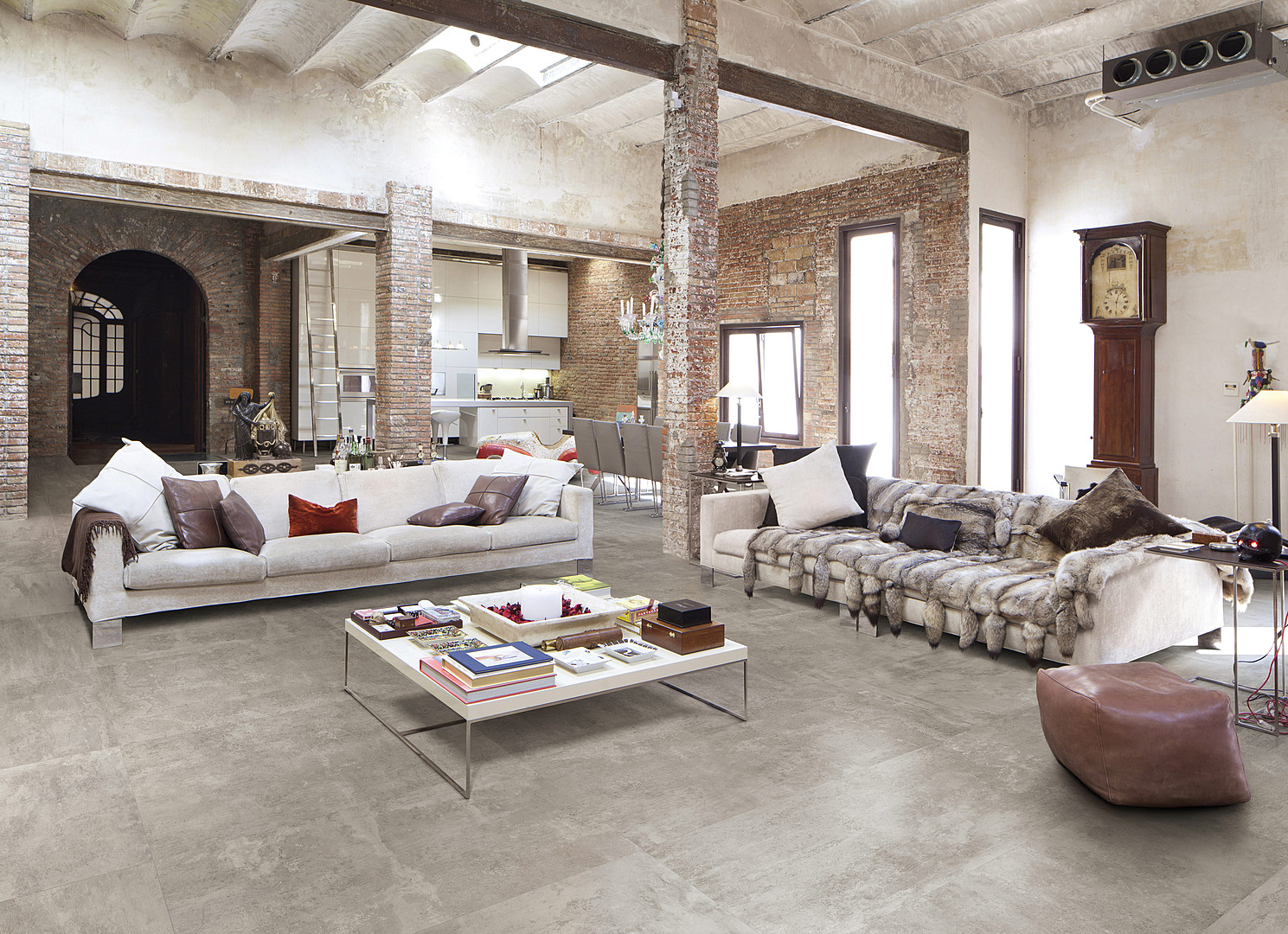
Ingenious brick-imitating items of Underground by Serenissima are intended for facing.
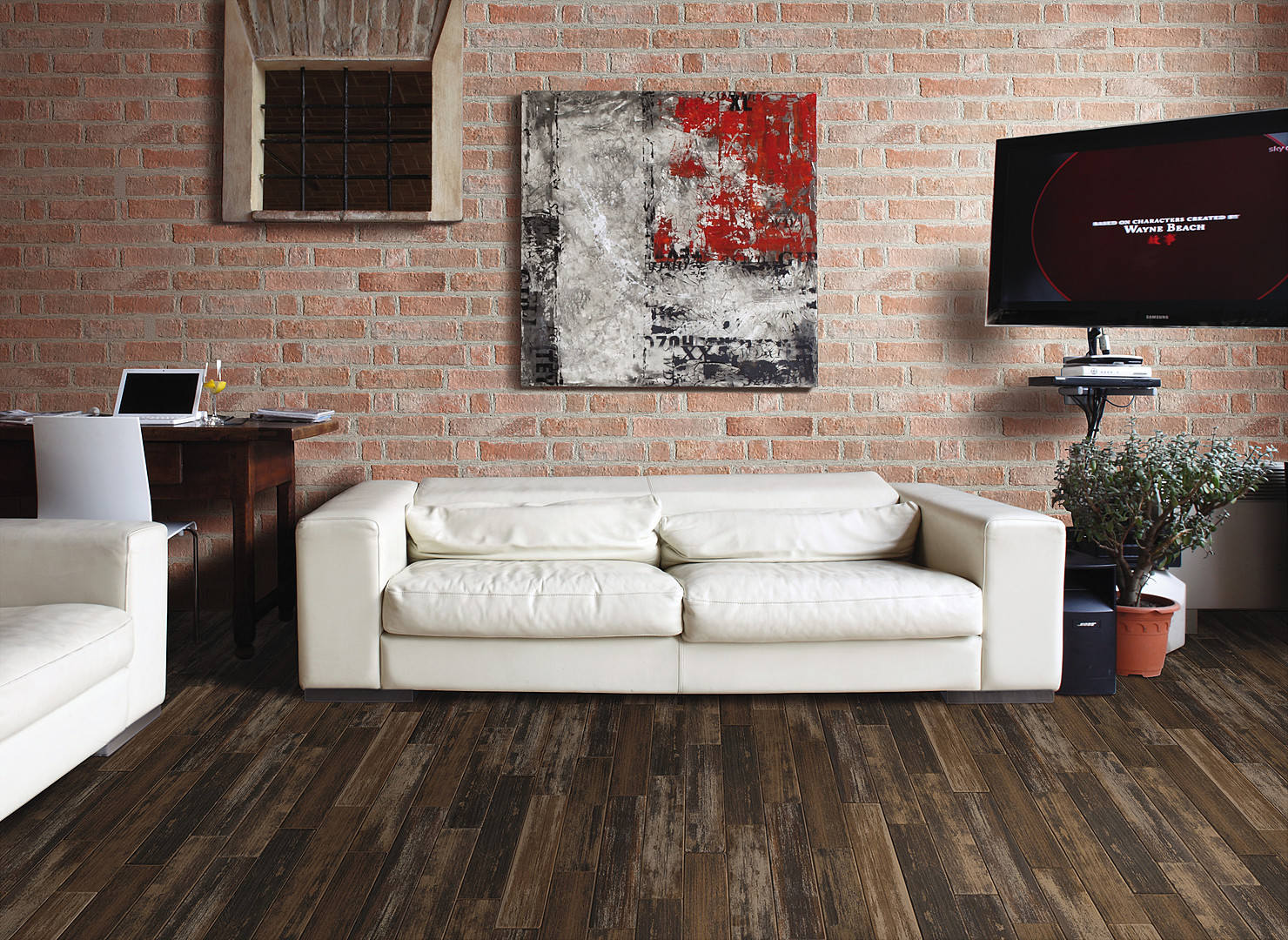
Owing to the rough texture and porous surface, the articles of Bristol by Rondine look realistic and non-trivial. Bristol offers everything to create an accomplished design project, dressing the surfaces with zest and taste.
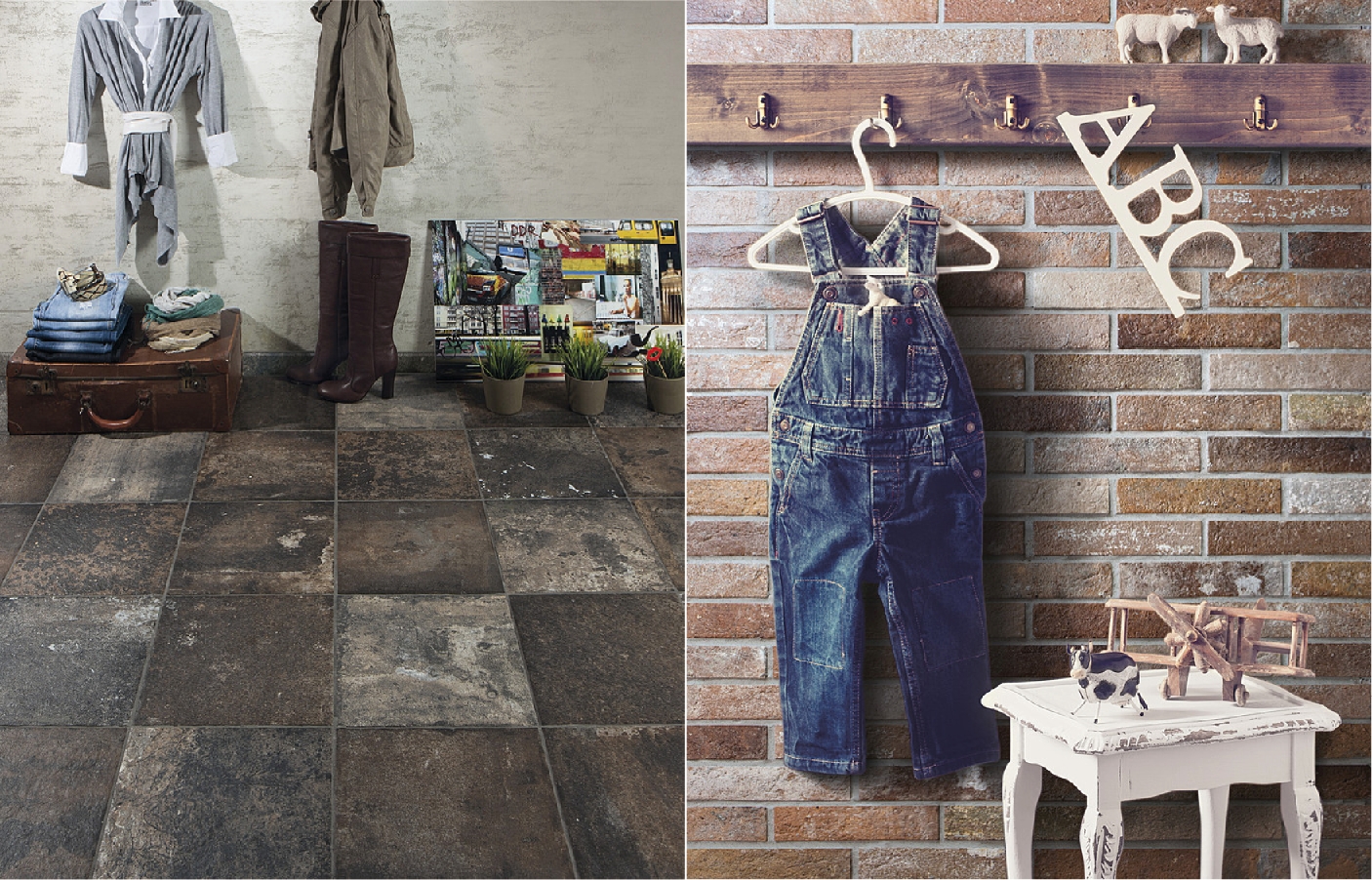
Besides, corroded metal floors are also typical for the loft interiors. Loft by Tagina renders the strong character and original look of metal rust.
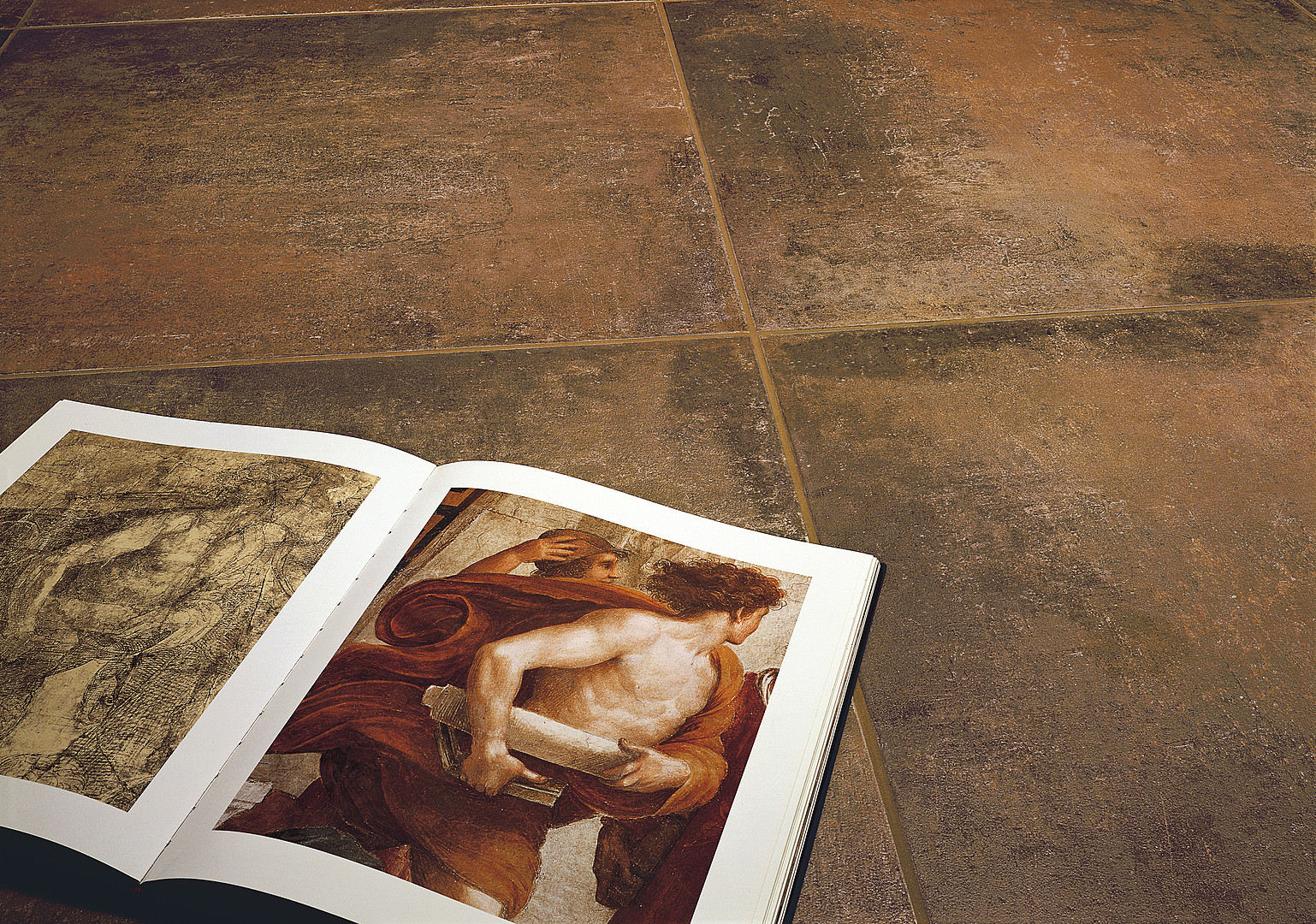
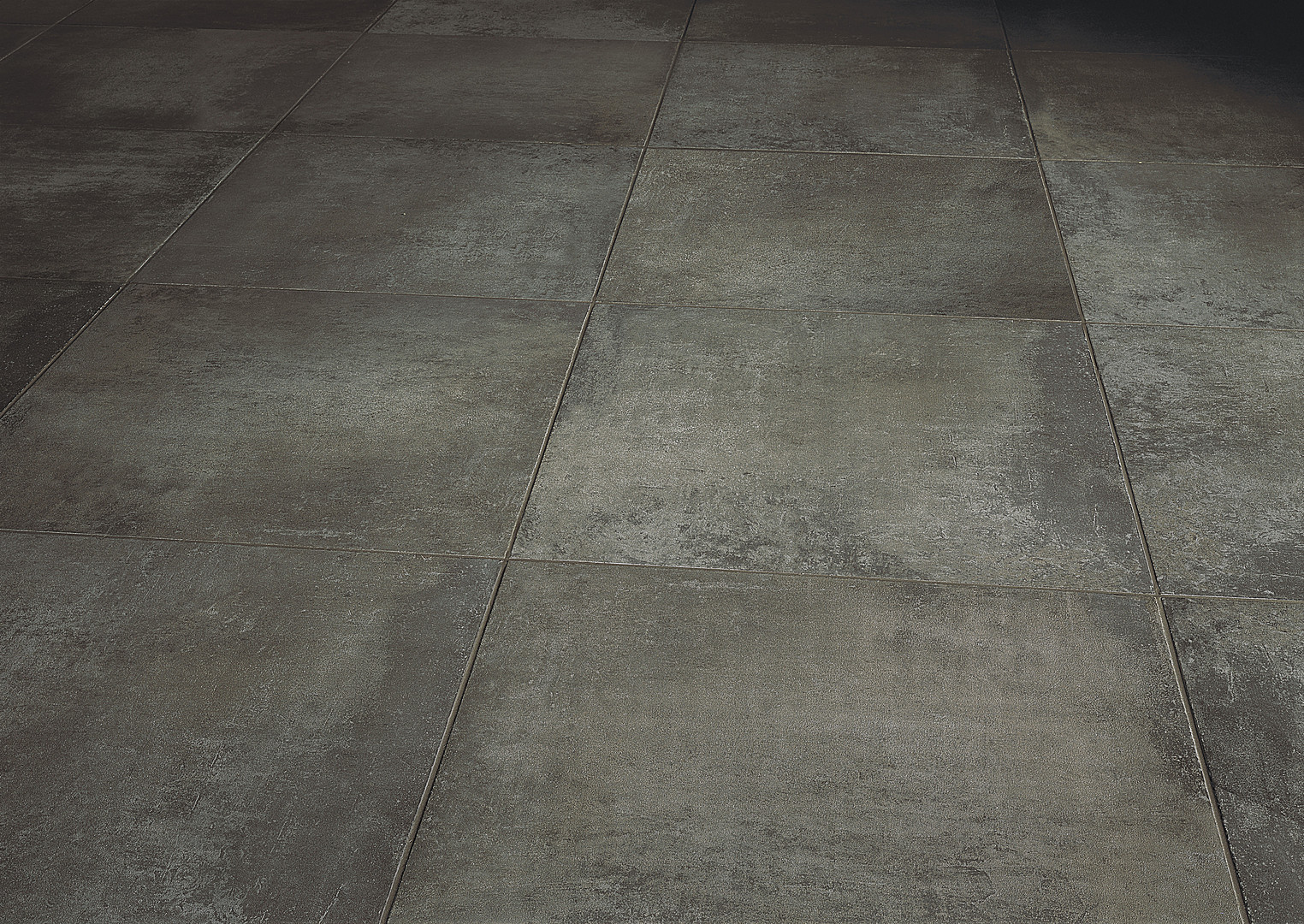
Nexxt by Settecento includes several metal imitations: those of chromium, nickel and vanadium.
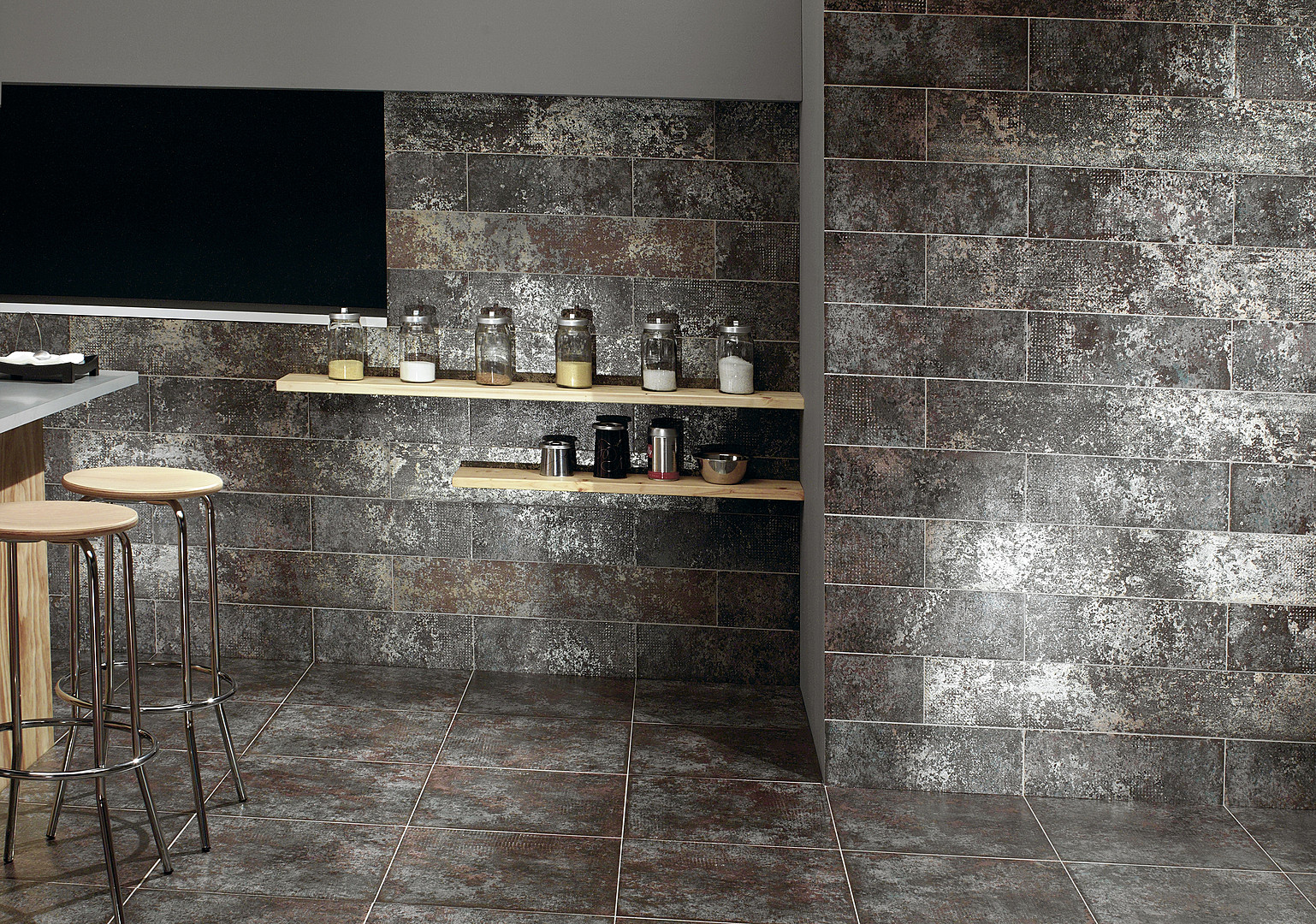
Another interpretation of metal-looking tile is Iron offered by the Portuguese brand Revigres.
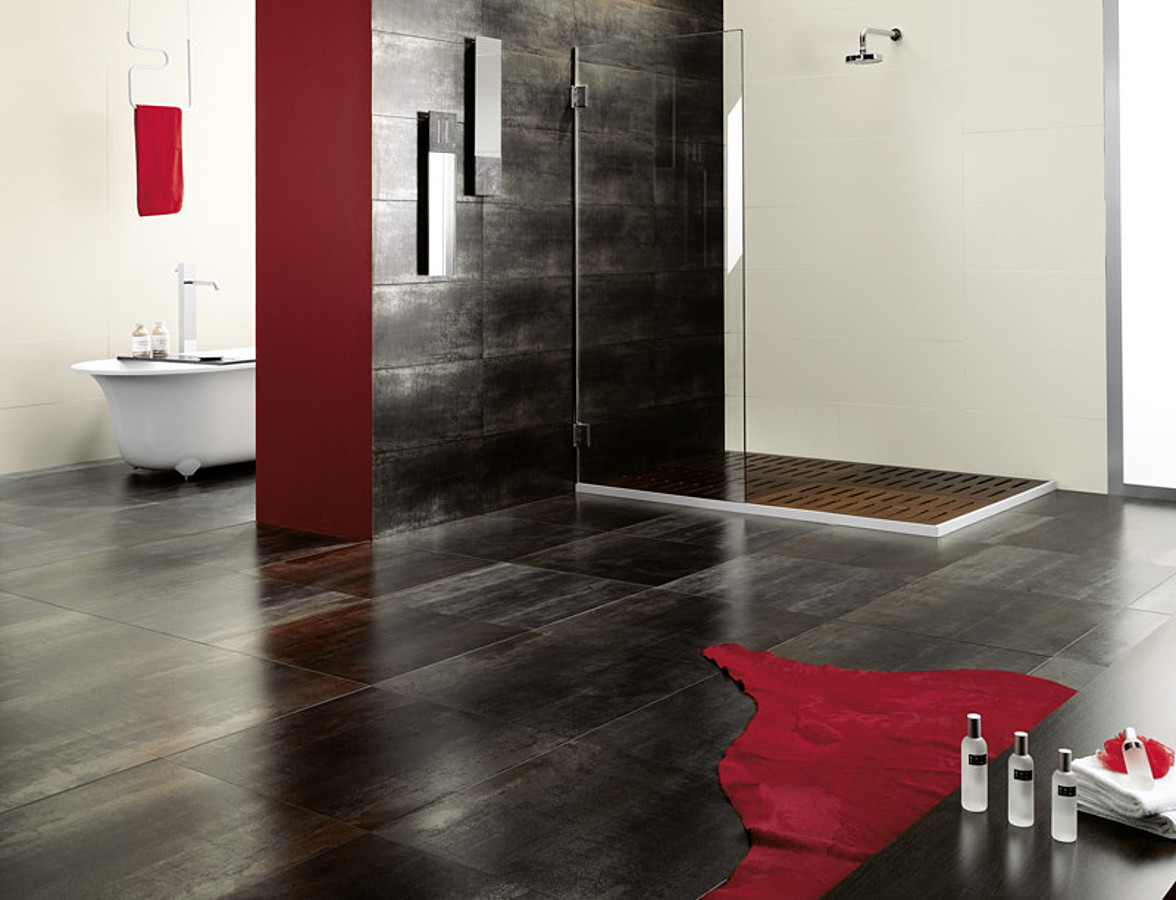
Interestingly, stone effect tile would also seamlessly blend into a loft-style interior. La Roche Di Rex by Rex Ceramiche, featuring finely laminated rock, would look great, when set on the floor.
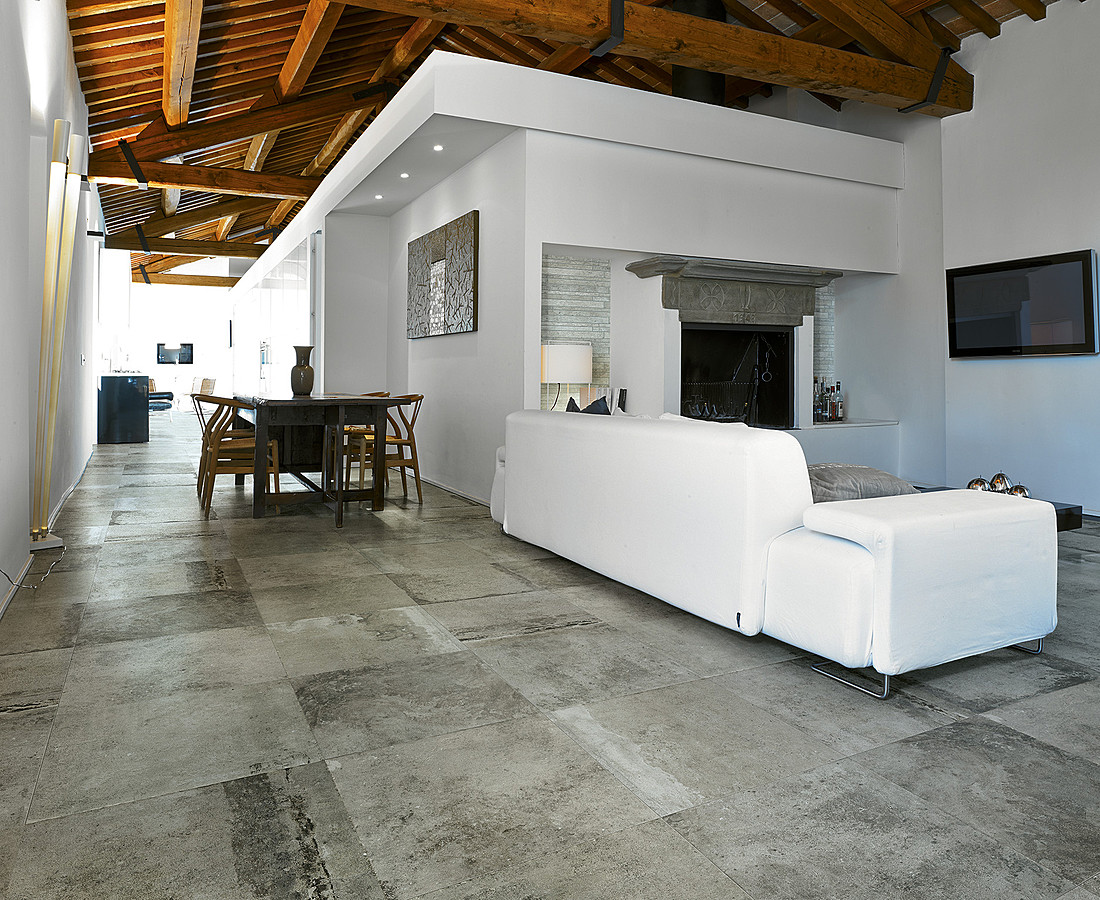
Taiga, the artful imitation of plank floor, is conceived by the designers of Rex Ceramiche for the industrial-style floors.


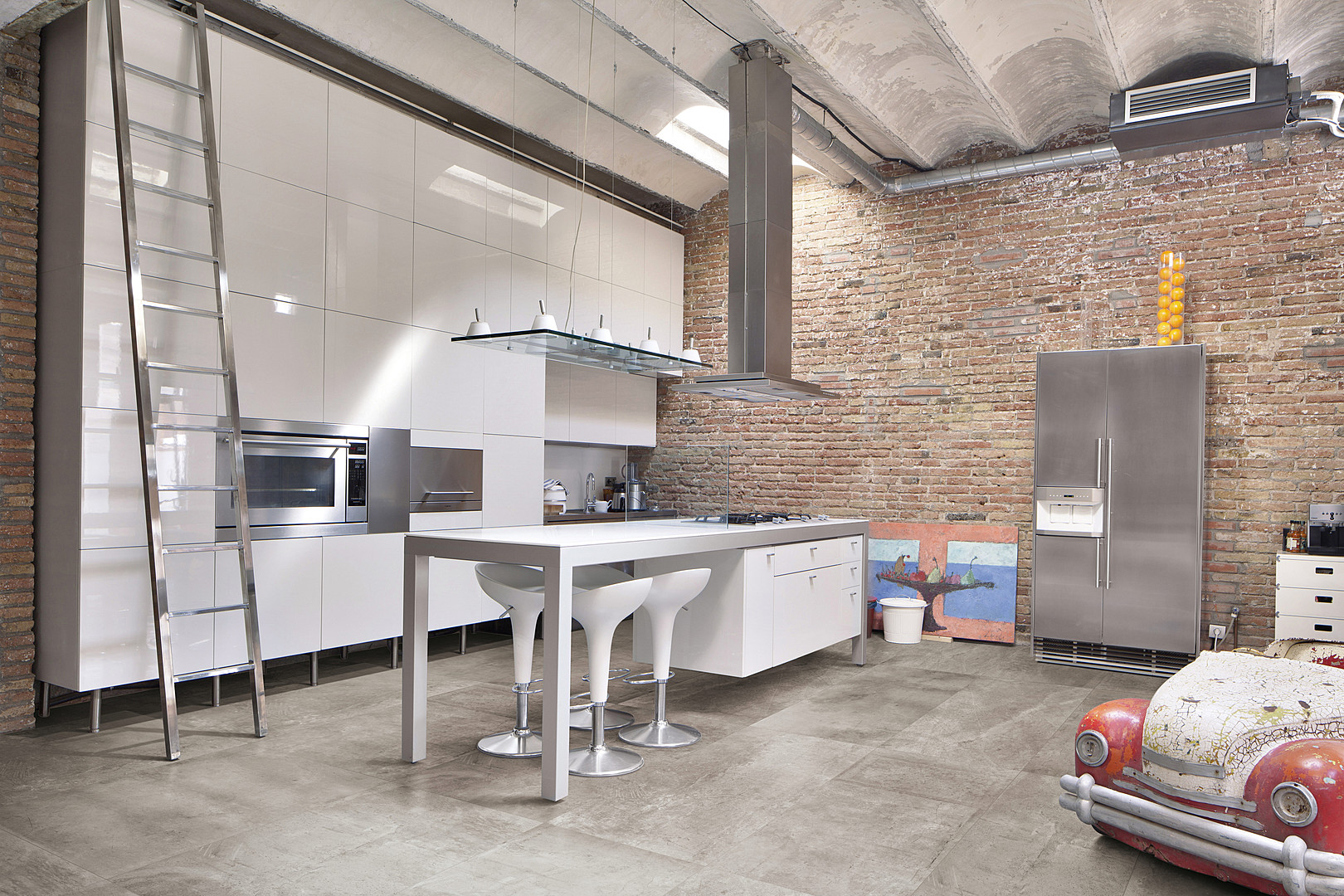
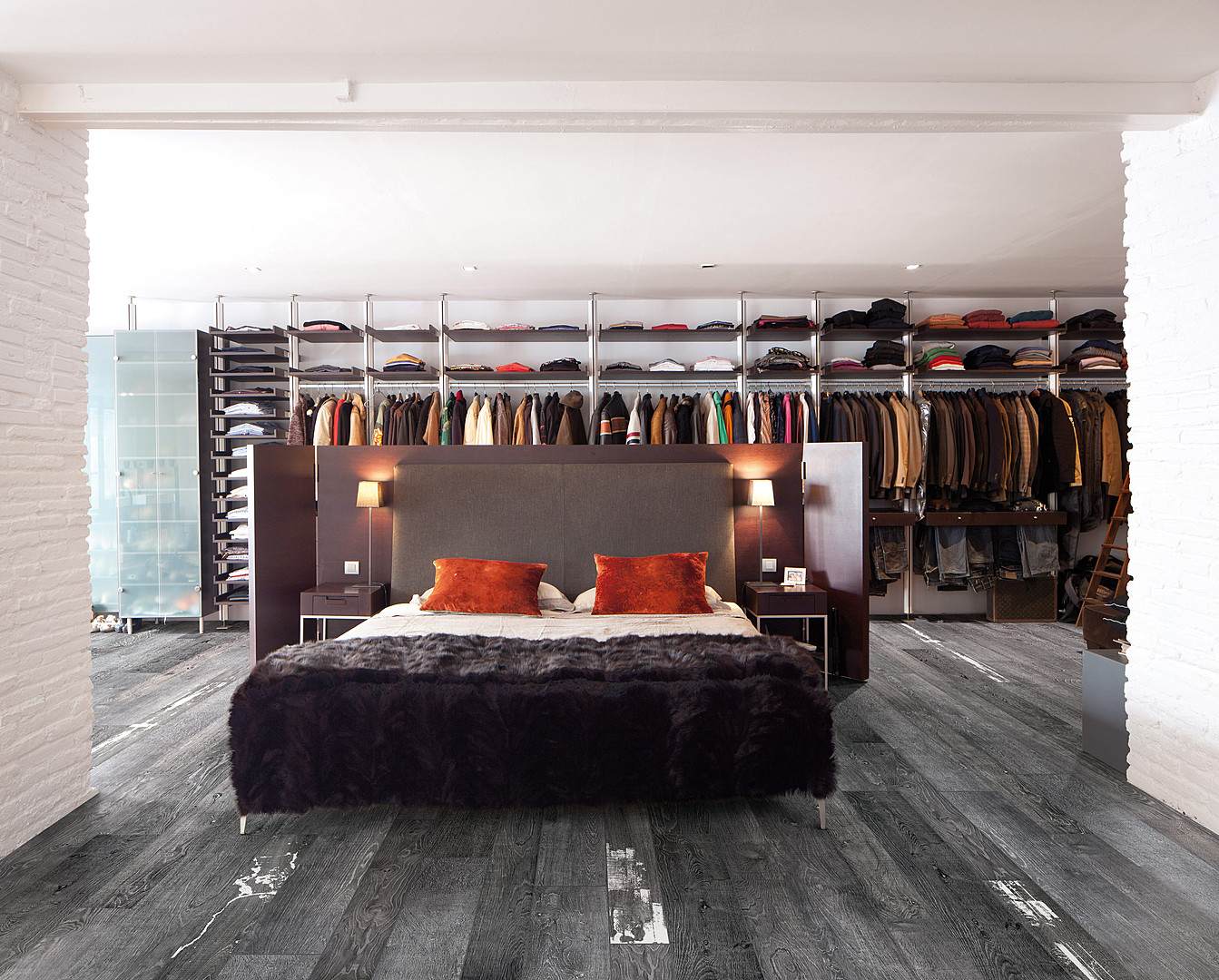
Loft-Style Ceramic Tile 07.05.15
Questions & Answers Subscribe